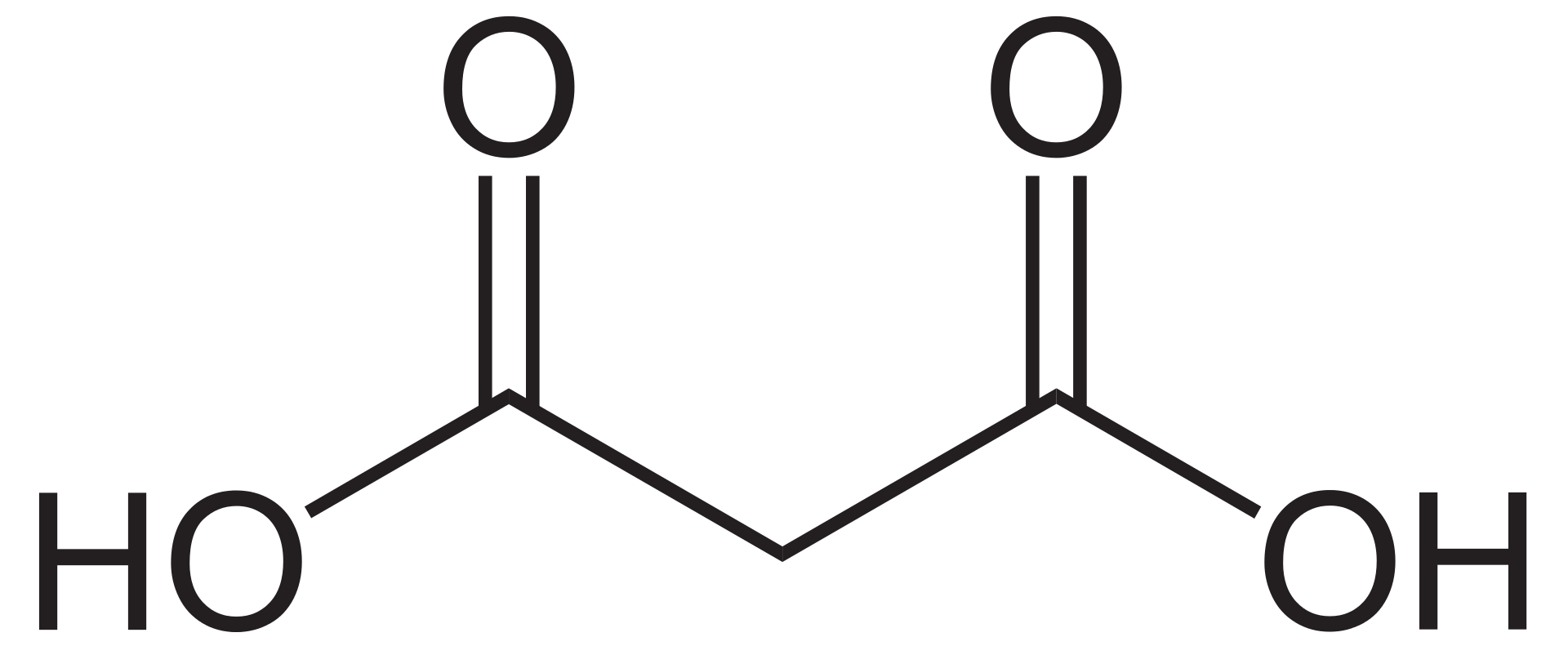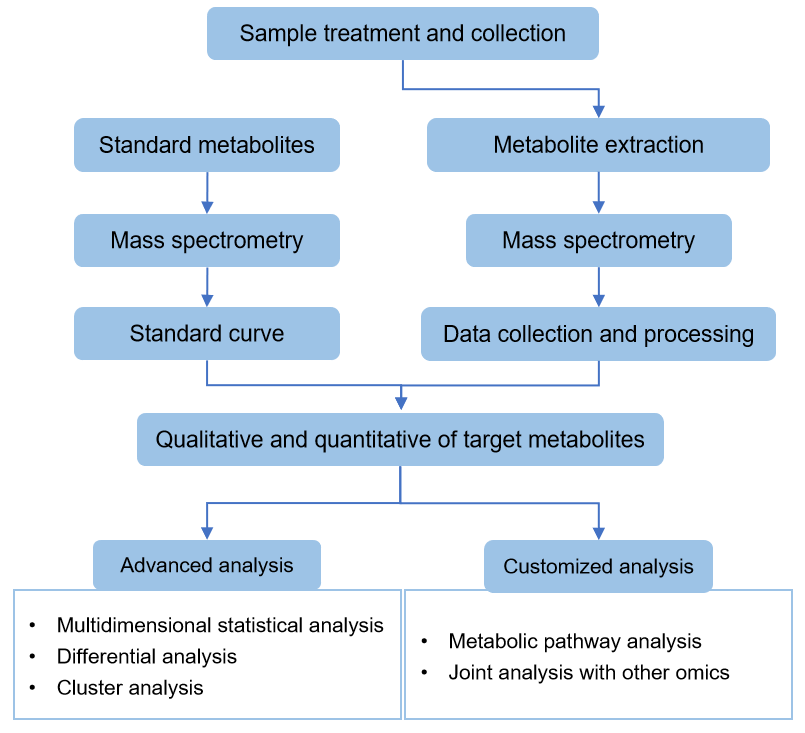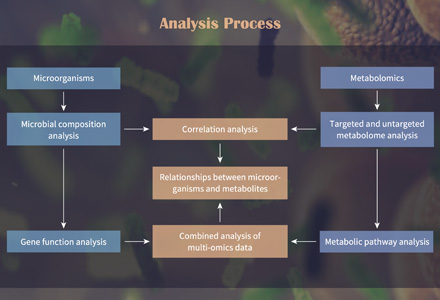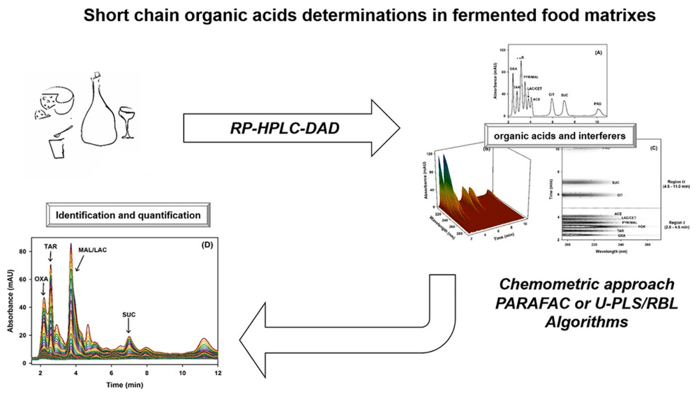Malonic Acid and its Derivatives Assay Services
Submit Your InquiryWhat is Malonic Acid and its Derivatives?
Malonic acid, chemically known as propanedioic acid (C3H4O4), is a dicarboxylic acid that occurs naturally in many organisms. It is an important molecule in the context of cellular metabolism due to its involvement in various biochemical reactions. Malonic acid is characterized by its two carboxyl groups (-COOH) attached to the central carbon atom, which allows it to participate in condensation reactions and serve as a precursor for the synthesis of more complex molecules.
Malonic acid derivatives are compounds that are derived from malonic acid through chemical modifications or reactions. These derivatives often possess unique properties and can be used for specific purposes. Here are some common malonic acid derivatives:
- Malonic Esters: Malonic acid can undergo esterification reactions, where one or both of its carboxyl groups (-COOH) are replaced by alkyl or aryl groups. Examples of malonic esters include dimethyl malonate and diethyl malonate. Malonic esters are versatile building blocks in organic synthesis and are used in reactions such as nucleophilic substitutions, condensations, and cycloadditions.
- Malonates: Malonates are salts or esters derived from malonic acid. They are formed by reacting malonic acid with bases or alcohols, respectively. Malonates find applications as intermediates in the synthesis of pharmaceuticals, agrochemicals, and other organic compounds.
- Malonic Acid Monoamides: These are derivatives of malonic acid where one of the carboxyl groups is amidated with an amine. Malonic acid monoamides can exhibit biological activity and are used in drug discovery and medicinal chemistry.
- Malonic Acid Anhydride: Malonic acid anhydride is obtained by removing a water molecule from two molecules of malonic acid. It can be used as a reagent in organic reactions, such as acylations.
 Molecular structure of malonic acid
Molecular structure of malonic acid
Metabolism of Malonic Acid and its Derivatives
Malonic acid is an integral part of several metabolic pathways, including the malonic acid cycle and the malonate semialdehyde pathway. In the malonic acid cycle, this compound undergoes decarboxylation and forms acetyl-CoA, which is a crucial molecule for energy production. The malonate semialdehyde pathway involves the conversion of malonic acid to malonate semialdehyde, which further participates in the synthesis of various amino acids.
Malonic esters and other derivatives can be metabolized through various pathways depending on their specific structures. The exact metabolic fate will depend on factors such as the substituents attached to the malonic acid backbone and the enzymatic machinery present in the organism or tissue being studied.
- Ester Hydrolysis: Malonic esters can undergo hydrolysis, where the ester bond is broken by water, resulting in the release of malonic acid. This hydrolysis can be catalyzed by esterases present in tissues or by enzymatic processes in the body.
- Oxidation: Malonic acid derivatives may undergo oxidation reactions mediated by enzymes such as cytochrome P450 enzymes or other oxidases. These reactions can lead to the formation of metabolites with modified functional groups or structures.
- Conjugation: Some malonic acid derivatives can undergo conjugation reactions with endogenous compounds such as glucuronic acid, sulfate, or amino acids. This conjugation can enhance the water solubility of the derivatives and facilitate their elimination from the body.
Malonic Acid and its Derivatives Assay at Creative Proteomics
Creative Proteomics offers a comprehensive malonic acid and its derivatives analytical platform that utilizes state-of-the-art equipment including liquid chromatography-mass spectrometry (LC-MS), gas chromatography-mass spectrometry (GC-MS) to provide detailed information about malonic acid and its derivatives. We also provide other organic acid analysis services to meet your different needs.
Benefits of Creative Proteomics' malonic acid analytical platform:
- High sensitivity: LC-MS and GC-MS have high sensitivity to detect malonic acid in complex biological samples, even at low concentrations, which ensures accurate quantification and reliable results.
- Comprehensive profiling: Comprehensive analysis of malonic acid and its related metabolites gives you a deeper understanding of metabolic pathways and related biological processes.
- Customization and expertise: We offer customized solutions to meet specific requirements.
- Streamlined workflow: We have developed a streamlined workflow for malonic acid analysis that optimizes sample preparation, data acquisition, and data analysis. This efficient process saves time and resources while maintaining high data quality.
List of Malonic Acid and its Derivatives
Technical Route of Targeted Metabolomics of Malonic Acid

Feedback to Customers
- Experimental steps
- Related mass spectrometry parameters
- Part of the mass spectrum picture
- Raw data
References
- Ambati C S R, Yuan F, Abu-Elheiga L A, et al. Identification and quantitation of malonic acid biomarkers of In-born error metabolism by targeted metabolomics. Journal of The American Society for Mass Spectrometry, 2017, 28(5): 929-938.
- Griffiths W J, Koal T, Wang Y, et al. Targeted metabolomics for biomarker discovery. Angewandte Chemie International Edition, 2010, 49(32): 5426-5445.
- Wang X, Zhao X, Zhao J, et al. Serum metabolite signatures of epithelial ovarian cancer based on targeted metabolomics. Clinica Chimica Acta, 2021, 518: 59-69.









